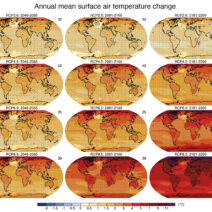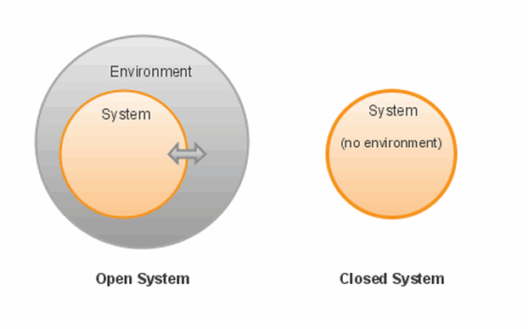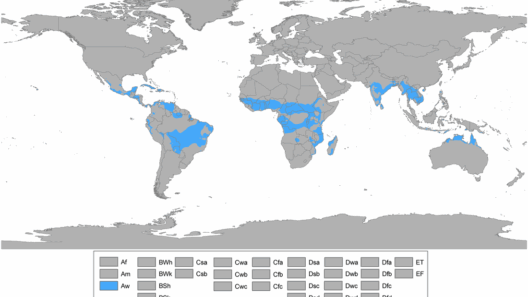Climate change is an indisputable phenomenon that precipitates a staggering array of consequences, impacting various demographics and ecosystems around the globe. Though the ramifications of this crisis are widespread, certain groups exhibit vulnerability exacerbated by socio-economic, geographical, and political factors. Understanding who is most affected by climate change provides insight into the nature of this global issue and the pressing need for action.
First and foremost, marginalized communities bear a disproportionate burden. Low-income populations, often residing in regions that are not resilient to climate variability, find themselves at the frontline of climate-related impacts. These communities typically inhabit areas that are more susceptible to extreme weather events, such as hurricanes, floods, and heatwaves. The lack of adequate infrastructure, resources, and preparedness renders them easily displaced, perpetuating a cycle of poverty and displacement.
One particularly vulnerable segment of this population is the Indigenous peoples. Their deep-rooted connection to the land compels them to adapt traditional practices to an evolving climate, often with limited resources. For instance, Indigenous communities reliant on agriculture and fishing are experiencing shifts in seasonal patterns and resource availability. These changes threaten food security and cultural heritage, revealing a grievous intersection between climate change and indigenous rights.
Conversely, smallholder farmers also face perilous consequences as they rely heavily on climate-dependent resources. Globally, an estimated 500 million smallholder farms contribute significantly to the food system. However, erratic weather patterns, such as droughts and excessive rainfall, undermine their productivity. The inability to invest in adaptive strategies or sustainable agricultural practices further amplifies their vulnerability, jeopardizing food systems and local economies.
Women often become the unsung casualties of climate change. In many regions, women are primarily responsible for food production and water collection. Climate-induced stresses exacerbate their workloads and limit access to resources, education, and economic opportunities. The intersectionality of gender and climate change reveals an urgent need for gender-responsive strategies within environmental policies. Empowering women is not only a matter of equity but a crucial component for resilience-building in communities challenged by climate-related adversities.
Urban populations inhabit spaces that are increasingly fragile due to climate change. As more individuals migrate to cities in search of better opportunities, urbanization leads to overcrowded conditions and inadequate infrastructure. Coastal cities, in particular, confront existential threats from rising sea levels and increased flooding. Vulnerable urban dwellers, often residing in informal settlements, struggle to cope with the impacts of climate change, lacking the resources and support systems necessary for adaptation.
A further keenly affected demographic are the elderly. With age, individuals often experience health complications, making them more susceptible to climate-induced hazards, such as heatwaves or flooding. The elderly may face barriers in mobility and access to basic services, hindering their ability to escape hazardous situations. Compounding this, they may not have the social networks necessary for adequate support, which underscores the need for comprehensive disaster preparedness plans that consider this demographic’s unique challenges.
Moreover, healthcare systems worldwide struggle to adapt to the burgeoning demands of climate change. Increased prevalence of vector-borne diseases, respiratory illnesses from declining air quality, and heat-related ailments are emerging challenges. Those in lower-income countries experience heightened exposure and reduced access to healthcare services. This creates a vicious cycle of health vulnerabilities and economic strain as medical facilities grapple with resource limitations exacerbated by climate-induced stresses.
One particularly concerning aspect of climate change is its impact on mental health. Communities experiencing profound disruption due to environmental changes often report increased anxiety, depression, and post-traumatic stress disorder. Vulnerable populations, particularly youth, grapple with existential fears related to their future in an increasingly unstable world. This emotional toll underscores the need for holistic approaches that address both the physical and mental health dimensions of climate change.
Looking further afield, the impacts of climate change do not recognize national borders. Developing nations, particularly those in the Global South, often lack the financial means to mitigate or adapt to the climate crisis adequately. These nations face compounding challenges, such as natural disasters, economic destabilization, and loss of biodiversity. They frequently become hotspots for climate-induced migration, as individuals flee from increasingly uninhabitable environments. This creates a dire need for international cooperation and equitable resource distribution to combat the adverse effects of climate change.
In conclusion, climate change represents an intricate web of challenges at local, national, and global levels. Vulnerable populations must be at the forefront of discussions regarding climate policies and adaptation strategies. Addressing their unique needs requires inclusive governance, equitable resource allocation, and long-term sustainability plans. As the planet grapples with this escalating crisis, understanding who is most affected by climate change and the harsh realities they endure is essential to formulating solutions that build resilience and safeguard the future for all.





